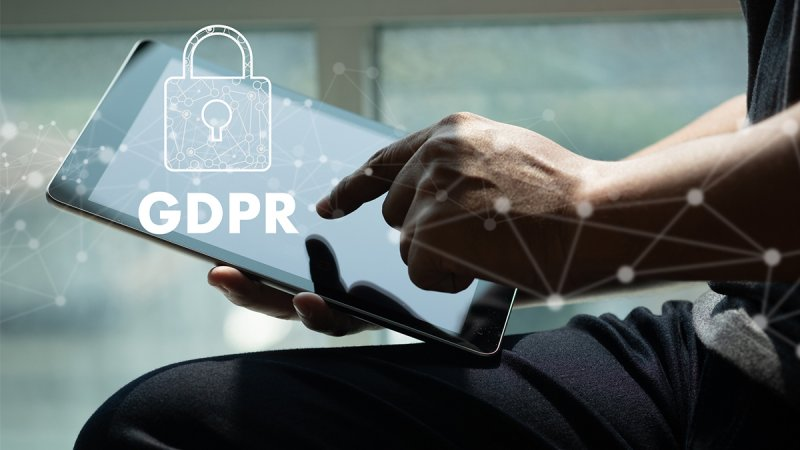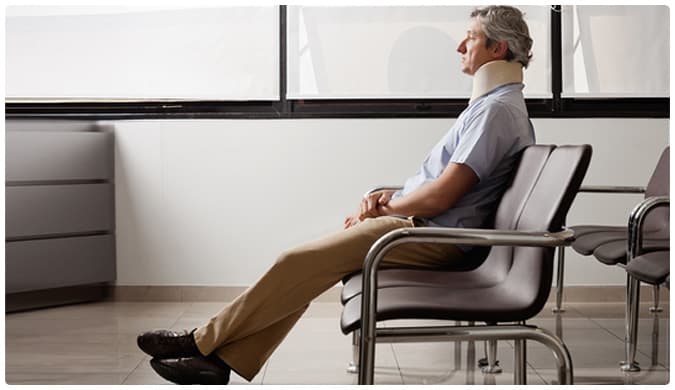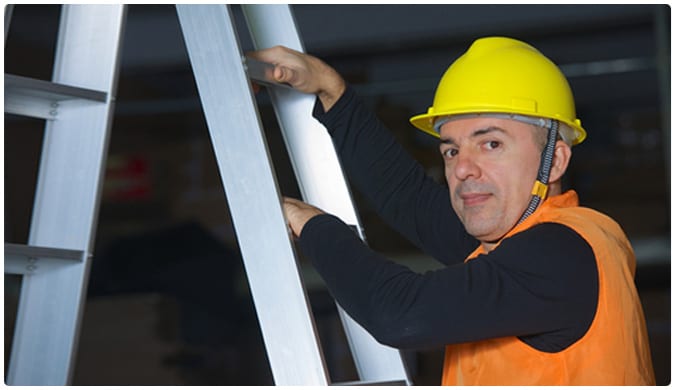The newly implemented General Data Protection Regulations (GDPR) across Europe has been dramatised, as critics have suggested that GDPR is going to cost businesses a lot of money to implement the regulations. However, this isn’t necessarily the case. In-fact, businesses will benefit from GDPR, as the new regulations offer security, co-operation and the opportunity to process data efficiently. If your business implements GDPR in advance, you will be one step ahead of your competition, and on track to create a stable and fair platform for data management.
The Information Commissioner’s Office (ICO) is here to help:
Critics have attempted to scaremonger businesses with the threat of the ICO, the public body responsible for administering the repercussions of a data breach. The ICO does have the legal right to fine an organisation up to €20 million or 4% of the business’ global turnover, but this is rare.
The threat of a fine from the ICO appears intimidating, but this is the ICO’s most severe penalty, and one which they will only impose on the most extreme data breaches. For example, the ICO in 2016 only fined 16 organisations out of the 17,300 cases which they had to deal with.
Elizabeth Denham, the British Information Commissioner, has clearly addressed the role of the ICO and attempted to debunk myths surrounding it. Essentially, the ICO is established to protect a citizen’s data rights, not to punish businesses unfairly. Denham notes that the ICO prefer to guide and help businesses with their GDPR compliance, not to punish them.
Consequently, the ICO administer warnings, corrective orders and reprimands, more so than they do monetary fines. However, warnings and corrective orders can tarnish a business’ reputation, therefore it is wise to avoid these penalties.
The ICO offer advice and guidelines for businesses to help them with administering their protection regulation, so that penalties don’t have to occur. Therefore, the ICO is a supportive public body, which should not be feared by businesses. The GDPR and the ICO simply want to ensure that a citizen’s rights are prioritised, and therefore this should not shock or intimidate any businesses.

Why GDPR compliance is beneficial to a business:
Data management will fall under the scope of many sectors in a business, therefore the transmission of data across a business creates a co-operative and interactive environment. From the security team to the sales team, data management needs to be conducted in a uniform process. Therefore, different teams in the business are now forced to work together to achieve data protection and really make the data valuable.
The articles set out in the GDPR aim to achieve transparency, accuracy and accessibility of personal data in a business. Through advertising qualities such as these, a business appears to be more competent and secure, therefore customers would rather store their personal data in a business which is GDPR compliant, instead of a business which is not. Consequently, the business which is GDPR compliant, achieves a competitive edge.
Implementing GDPR is an incentive to modernise your business. So, not only will data protection allow your business to become transparent, it will also encourage a business to consider their customers’ rights and needs. Customers who are supplying their personal data to businesses, want to trust that particular business. Therefore, businesses need to consider how they can further satisfy their customers.
Which industries will benefit from GDPR compliance the most?
To demonstrate how GDPR compliance can benefit a specific business, we can look to the insurance industry. The majority of insurance companies have welcomed the changes brought about by GDPR. This is because insurance companies hold the personal data of many customers, therefore they have welcomed changes to their data management procedures.
The GDPR demands that data subjects must be able to access their personal data easily through data access requests. Consequently, businesses have been encouraged to consolidate their personal data banks, ensuring they are accurate, up-to date and all kept together in a clear, concise fashion. Therefore, businesses can now locate and utilise this data more easily than before. Insurance companies have referred to the consolidation of personal data banks as “the golden record” or the “Customer 360 view.”
Aviva, the renowned British insurance company, issued notices to their customers via their website to let their customers know that Aviva’s GDPR compliance procedure is under way. Therefore, it appears that Aviva are embracing the GDPR changes and ensuring their data management is cemented to uphold the new protection regulation.
It is essential that businesses are not intimidated by the changes which they will have to make to become GDPR compliant. To avoid data breaches and to ensure your business it as competitive and successful as possible, implementation and GDPR compliance is a must.





